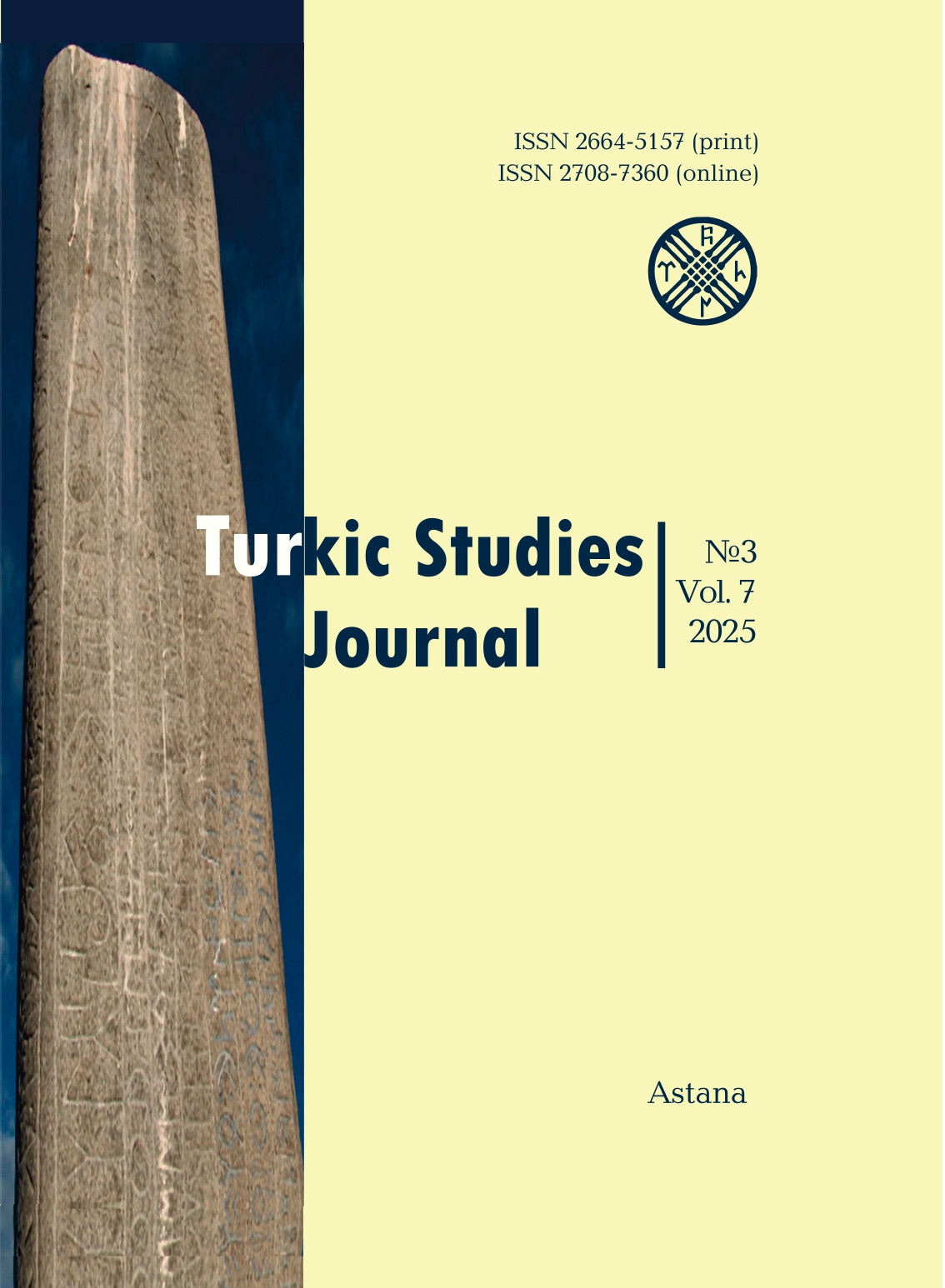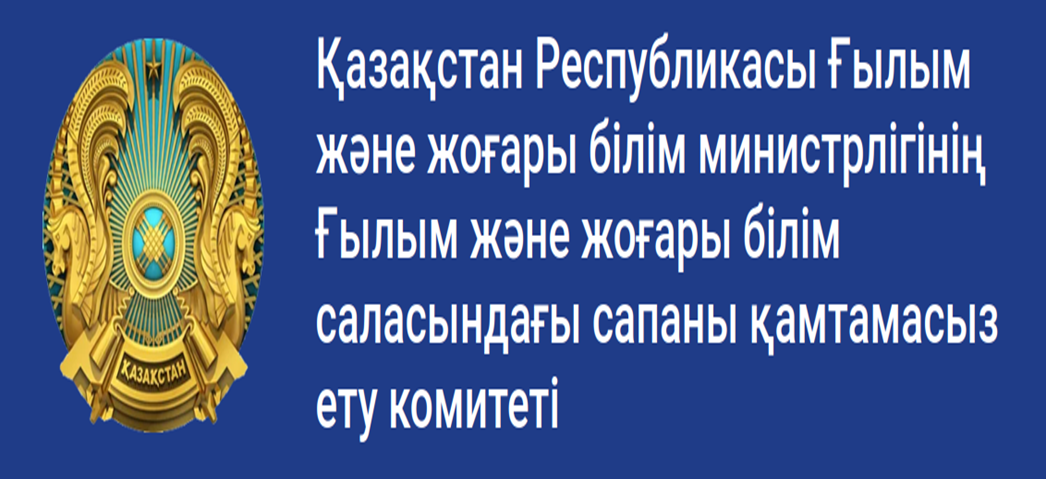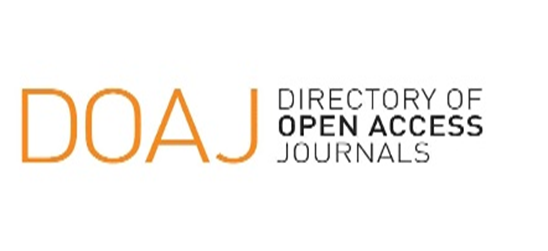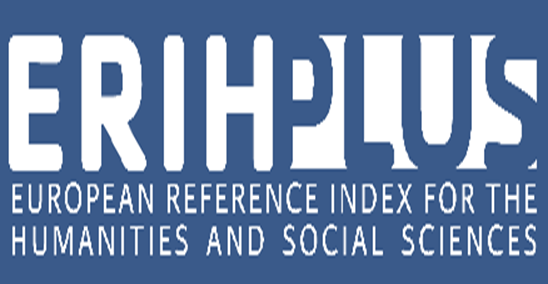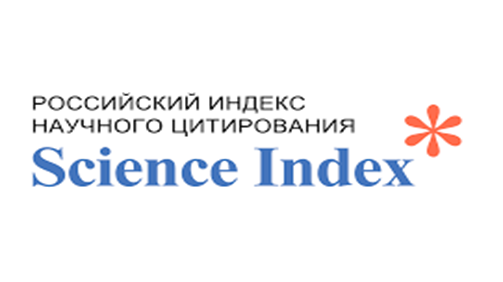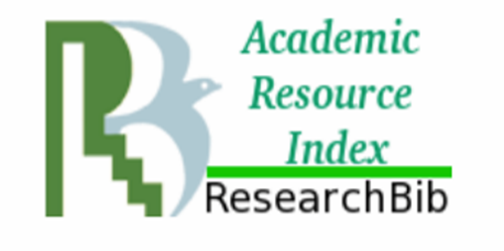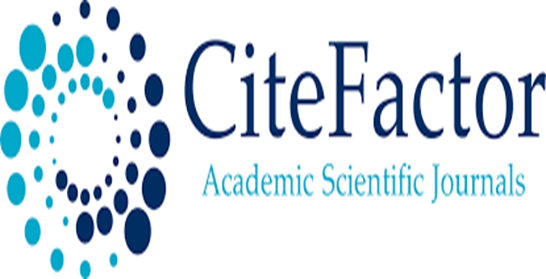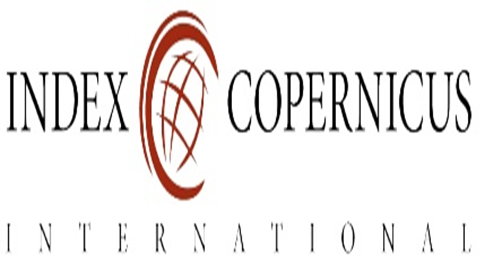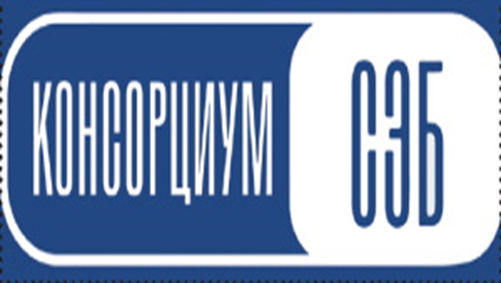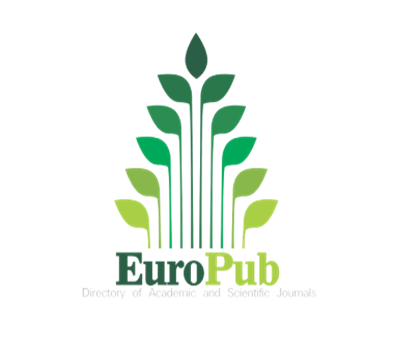Түркі тілдеріндегі bolmačï сөзі туралы
Қаралымдар: 170 / PDF жүктеулері: 61
DOI:
https://doi.org/10.32523/2664-5157-2025-3-228-241Кілт сөздер:
ерте ортағасырлық мәтіндер, bolmačï, мағынаның көп түрлілігі, қазіргі түркі тілдері, қазақ, қарашай-балқар, ұрым, сөздің морфемдік құрылымы, -čï жұрнағы, грамматикалық мағынаның лексикалануыАннотация
Мақала осы уақытқа дейін зерттеушілер назарына ілікпеген және ерте ортағасырлық түркі мәтіндерінде сирек кездесетін bolmačï сөзін талдауға арналған. Зерттеушілердің пікірінше, лексеманың бірнеше мағынасы бар және олардың кейбірі бір-біріне тікелей қарама-қарсы: «мүмкін емес, бекер, босқа, қажетсіз, маңызды емес», сондай-ақ «бар болу, бар». Мақаланың мақсаты – сөздің тарихи өткен шақтағы және қазіргі түркі тілдеріндегі мағыналарының алуан түрлілігін ашып көрсету, оның басым мағынасын анықтау, сондай-ақ морфемдік құрылымын талдау. Мақаланың талдау құрылымы үш бөлімнен тұрады. Бірінші бөлімде Қарахан, Хорезм және Қыпшақ ескерткіштерінің тарихи мәтіндеріндегі bolmačï сөзінің барлық қолданыстары іріктеліп, лексеманың көбіне контекстке байланысты туындайтын мағыналары қарастырылады. Оның үстіне, бұл мағыналарға әртүрлі ғалымдардың берген түсіндірмелері талданып, сондай-ақ сөйлем контексіне сәйкес келмеген жағдайда автор тарапынан балама талқыламалар ұсынылады.Талдаудың екінші бөлімінде қазіргі түркі тілдеріндегі bolmačï сөзінің мағыналары ашылады. Сөздің басым мағынасын және лексика-семантикалық нұсқаларын анықтау үшін әр түрлі түркі тілдерінің түсіндірме сөздіктері пайдаланылған. Зерттеу нәтижесінде бұл лексеманың қазіргі күнге дейін қазақ (bolmačï), қарашай-малқар (bolmačï) және ұрым (bolmačï) тілдерінде әр түрлі нұсқаларда кеңінен қолданылатыны анықталды. Қазіргі түркі тілдерінде сөздің лексикалық мағыналары әр қилы: «кіші», «аз», «жарытымсыз», «мағынасыз», «бос», «бекер», «түкке тұрғысыз», «жеткіліксіз», «қажетсіз», «теріс», «жалған» және басқалар, сондай-ақ олардың лексика-семантикалық нұсқалары контекстке байланысты өзгеріп отырады.Үшінші бөлімде bol- (болу) түбірі + -ma (болымсыздық сөз түрлендіруші жұрнақ) + čï (сөз тудырушы жұрнақ) түзілген bolmačï сөзінің морфемдік құрылымы талданады. Шығу төркіні мен грамматикалық қызметі әлі де талас тудырып отырған -čï жұрнағының мағыналық трансформациясына ерекше назар аударылған. Ғалымдардың түрлі көзқарастарын жинақтай келе, автор бұл жұрнақтың бастапқыда болымсыз етістіктерге жалғанып, келер шақ есімшесін тудыратын сөз түрлендіруші аффикс болғанын айтады. Түркі тілдерінің тарихи дамуы барысында жұрнақтың грамматикалық мағынасы лексикаланып, сөз тудырушы формантка ие болған.Қорытындыда автор bolmačï сөзінің қазіргі кезде дербес сын есім ретінде қызмет ететінін және түркі тілдері сөздіктеріне номинативті атау ретінде енгізілуі қажет екенін атап өтеді. Аталмыш сөздің уақыт өте келе алған мағыналарының алуан түрлілігі оның лингвистикалық тұрғыдан ғана емес, мәдени тұрғыдан да маңызды функцияны атқарғанын; ол жанама немесе жасырын сынды қамтитын күрделі тілдік бірлік ретінде қолданылатынын көрсетеді.
Downloads
Әдебиет
Гаркавец А., 2002. Кыпчакское письменное наследие. том І. Каталог и тексты памятников армянским письмом. Алматы: Дешт-и Кыпчак. 1084 с.
Гаркавец А., 2010. Кыпчакское письменное наследие. Tом ІIІ. Кыпчакский словарь по армянописным памятникам XVI-XVII веков. Алматы: Баур-Касеан. 1802 с.
Насилов Д.М., 2016. Заметки о показателе «глагольное имя + -čï» в истории тюркских языков. Тюркские языки 20. С. 179-185.
Argunşah M. & Güner, G., 2015. Codex Cumanicus. İstanbul: Kesit Yayınları. 1079 p.
Ata A., 1997. Ḳıṣaṣü’l-Enbiyā (Peygamber Kıssaları) I. Ankara: Türk Dil Kurumu Yayınları. 616 p.
Barutçu S., 2001. Türkçede enklitik edatlar üzerine: çI / çU. Kök Araştırmalar Dergisi 2. P. 75-86.
Berta Á., 1996. Deverbale wortbildung im Mittelkiptschakisch-Türkischen. Wiesbaden: Harrassowitz Verlag. 698 p.
Boeschoten H., 2022. A dictionary of Early Middle Turkic. Boston: Brill. 596 p. DOI: https://doi.org/10.1163/9789004525191
Eraslan K., 2012. Eski Uygur Türkçesi grameri. Ankara: Türk Dil Kurumu Yayınları. 664 р.
Erdal M., 2004. A Grammar of Old Turkic. Boston: Brill. 575 p. DOI: https://doi.org/10.1163/9789047403968
Gabain A., 1959. Die Sprache des Codex Cumanicus. In: Deny, Jean & Grønbech, Kaare & Scheel, Helmuth & Togan, Zeki Velidi (eds.) Philologiae Turcicae Fundamenta 1. Р. 46-73.
Aquis Mattiacis: Steiner.
Garkavets A., 2000. Urumskiy Slovnik. Alma-Ata: Baur. 631 p.
Grønbech K., 1942. Komanisches wörterbuch: Türkischer wortindex zu Codex Cumanicus. Copenhagen: Einar Munksgaard. 315 p.
Guzelanï Ž. & Ahmatlanï İ. & Žappulanï A., (eds.) 1996. Ḳaračay-Malḳar Tilni Aŋïlatma sözlügü. Nalʻčik: El-Fa. Vol. 1. 1022 p.
Karamanlıoğlu A., 1994. Kıpçak Türkçesi grameri. Ankara: Türk Dil Kurumu. 164 p.
Kuun C.G., 1880. Codex Cumanicus, bibliothecæ Ad Templum Divi Marci Venetiarum. Primum Ex Integro Editit Prolegomenis Notis Et Compluribus Glossariis Instruxit Comes Géza Kuun. Budapestini: Editio Scient Academiæ Hung. 398 p.
Schinkewitz J., 1947. Rabàÿzì sentaksı [Rabàÿzì syntax], (Trans. Sabit S. Paylı). İstanbul: İbrahim Horoz Basımevi. 122 p.
Süyerḳụlova, B. & Žanụzaḳ, T. & Žụbaeva, O., (eds.) 2011. Ḳazaḳ Ädebi Tịlịnịŋ Sözdịgị.
Almaty: Ḳazaḳstan respublikasï bịlịm ǰȧne γïłị̈ ŋm ministịrlịgị & A. Bawutursïnułï atïndaγï ̣tị̣l bịlịmị institutï. Vol. 3. 744 p.
Tekin Ş., 1992. “Eski Türkçe”. Türk Dünyası El Kitabı. Ankara: Türk Kültürünü Araştırma Enstitüsü Yayınları.
Tekin T., 1968. A grammar of Orkhon Turkic, Bloomington: India Universitey. 419 p.
Tekin T., 2003. Orhon Türkçesi grameri. İstanbul: Türk Dilleri Araştırmaları Dizisi: 9. 272 p.
Toparlı R., 1992. Iršād al-mulūk wa's-salāṭin. Ankara: Türk Dil Kurumu. 627 p.
Ünlü S., 2012. Harezm Altınordu Türkçesi sözlüğü. Konya: Eğitim Yayınevi. 716 p.
Ünlü S., 2018. Karahanlı Türkçesi ilk Türkçe satır-altı transkribeli Kur'an tercümesi TİEM 73, Türkiye Türkçesi mealli karşılaştırmalı Kur'ân-ı Kerîm. Konya: Selçuklu Belediyesi Yayınları. 450 р.
Zajączkowski A., 1961. Najstarsza wersja Turecka Ḫusräv u Şīrīn Quṭba III. 3 Vols., Warszawa: Państwowe Wydawnictwo Naukowe.
Reference
Garkavets A., 2002. Kypčakskoe pisʻmennoe nasledie. tom І. Katalog i Teksty Pamjatnikov Armjanskim Pisʻmom [Qypchaq written heritage. Volume I. catalogue and texts of monuments written in Armenian script]. Almaty: Dešt-i Kypčak. 1084 p. [in Russian].
Garkavets A., 2010. Kypčakskoe pisʻmennoe nasledie. tom ІIІ. Kypčakskii Slovarʻ. Po Armjanopisʻmennym Pamjatnikam XVI-XVII Vekov. [Qypchaq written heritage. volume III. Qypchaq dictionary on memorials of XVI-XVII centuries written by Armenian script]. Almaty: Baur – Kasean. 1802 p. [in Russian].
Nasilov D.M., 2016. Zametki o Pokazatele “Glagol'noe İmja + -čï” v İstorii Tjurkskich Jaz'kov, [Remarks on the formative of consisting of “a verbal noun and -čï” in the history of Turkic languages] Turkic languages 20. P. 179-185. [in Russian]. DOI: https://doi.org/10.13173/TL/2016/2/179
Argunşah M. & Güner, G., 2015. Codex Cumanicus. İstanbul: Kesit Yayınları. 1079 p. [in Turkish].
Ata A., 1997. Ḳıṣaṣü’l-Enbiyā (Peygamber Kıssaları) I. [The stories of the prophets], Ankara: Türk Dil Kurumu Yayınları. 616 p. [in Turkish].
Barutçu S., 2001. Türkçede enklitik edatlar üzerine: çI / çU [On the Turkish enclitics: çI / çU]. Kök Araştırmalar Dergisi 2. P. 75-86. [in Turkish].
Berta Á., 1996. Deverbale wortbildung im Mittelkiptschakisch-Türkischen [Deverbal word formation in Middle Kipchak Turkic]. Wiesbaden: Harrassowitz Verlag. 698 p. [in German].
Boeschoten H., 2022. A dictionary of Early Middle Turkic. Boston: Brill. 596 p.Eraslan K., 2012. Eski Uygur Türkçesi grameri [A grammar of Old Uygur Turkic]. Ankara: Türk Dil Kurumu Yayınları. 664 p. [in Turkish].
Erdal M., 2004. A Grammar of Old Turkic. Boston: Brill. 575 p.Gabain, A., 1959. Die Sprache des Codex Cumanicus [The language of Codex Cumanicus]. In: Deny, Jean & Grønbech, Kaare & Scheel, Helmuth & Togan, Zeki Velidi (eds.) Philologiae Turcicae Fundamenta 1. Р. 46-73. Aquis Mattiacis: Steiner. [in German].
Garkavets A., 2000. Urumskiy Slovnik [A dictionary of Urum]. Alma-Ata: Baur. 631 p. [in Russian].
Grønbech K., 1942. Komanisches wörterbuch: Türkischer wortindex zu Codex Cumanicus [Koman dictionary: Turkic word index for Codex Cumanicus]. Copenhagen: Einar Munksgaard. 315 p. [in German].
Guzelanï Ž. & Ahmatlanï İ. & Žappulanï A., (eds.) 1996. Ḳaračay-Malḳar Tilni Aŋïlatma sözlügü [Comprehensive dictionary of Karachay-Malkar language]. Nalʻčik: El-Fa. Vol. 1. 1022 p. [in Karachay Balkar].
Karamanlıoğlu A., 1994. Kıpçak Türkçesi grameri [A grammar of Kipchak Turkic]. Ankara: Türk Dil Kurumu. 164 p. [in Turkish].
Kuun C.G., 1880. Codex Cumanicus, bibliothecæ Ad Templum Divi Marci Venetiarum. Primum Ex Integro Editit Prolegomenis Notis Et Compluribus Glossariis Instruxit Comes Géza Kuun. Budapestini: Editio Scient Academiæ Hung. 398 p. [in Latin].
Schinkewitz J., 1947. Rabàÿzì sentaksı [Rabàÿzì syntax], (Trans. Sabit S. Paylı). İstanbul: İbrahim Horoz Basımevi. 122 p. [in Turkish].
Süyerḳụlova, B. & Žanụzaḳ, T. & Žụbaeva, O., (eds.) 2011. Ḳazaḳ Ädebi Tịlịnịŋ Sözdịgị [A dictionary of Kazakh literary language]. Almaty: Ḳazaḳstan respublikasï bịlịm ǰȧne γïłị̈ ŋm ministịrlịgị & A. Bawutursïnułï atïndaγï ̣tị̣l bịlịmị institutï [Ministry of Education and ̣Science of the Republic of Kazakhstan & Ahmet Bawutursïnułï Language Institution]. Vol. 3. 744 p. [in Kazakh].
Tekin Ş., 1992. “Eski Türkçe” [Old Turkic]. Türk Dünyası El Kitabı. Ankara: Türk Kültürünü Araştırma Enstitüsü Yayınları. [in Turkish].
Tekin T., 1968. A grammar of Orkhon Turkic, Bloomington: India Universitey. 419 p. Tekin T., 2003. Orhon Türkçesi grameri [A grammar of Orkhon Turkic]. İstanbul: Türk Dilleri Araştırmaları Dizisi: 9. 272 p. [in Turkish].
Toparlı R., 1992. Iršād al-mulūk wa's-salāṭin [The guidance of the kings and sultans]. Ankara: Türk Dil Kurumu. 627 p. [in Turkish].
Ünlü S., 2012. Harezm Altınordu Türkçesi sözlüğü [A dictionary of Khwarezm and Golden Horde Turkic]. Konya: Eğitim Yayınevi. 716 p. [in Turkish].
Ünlü S., 2018. Karahanlı Türkçesi ilk Türkçe satır-altı transkribeli Kur'an tercümesi TİEM 73, Türkiye Türkçesi mealli karşılaştırmalı Kur'ân-ı Kerîm [The first interlinear translition of the Qur'an in Karakhanid Turkic, Comparative Quran with Türkiye Turkish meaning]. Konya: Selçuklu Belediyesi Yayınları. 450 p. [in Turkish].
Zajączkowski A., 1961. Najstarsza wersja Turecka Ḫusräv u Şīrīn Quṭba III [The oldest Turkic version of Khusraw and Shīrīn by Quṭb]. 3 vols., Warszawa: Państwowe Wydawnictwo Naukowe. [in Polish].
Жүктеулер
Жарияланды
Дәйексөзді қалай келтіруге болады
Журналдың саны
Бөлім
Лицензия
Авторлық құқық (c) 2025 Turkic Studies Journal

Бұл жұмыс Creative Commons Attribution-Коммерциялық емес 4.0 халықаралық лицензиясы.

